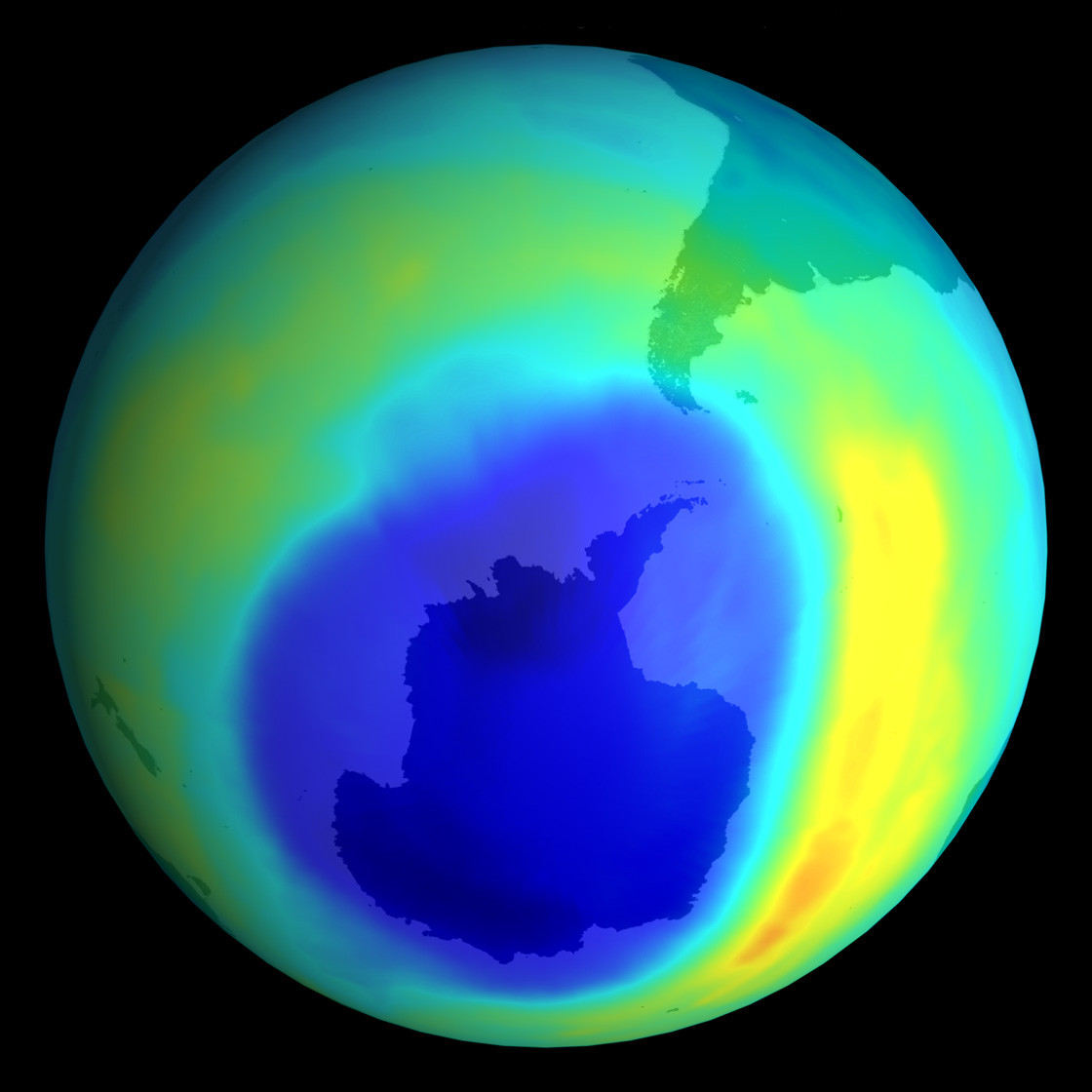The ban on ozone-depleting CFCs, under the Montreal Protocol, may have contributed to the recent hiatus in global surface temperature increases, say international scientists.
 The researchers add that their findings, published today in Nature Geoscience, help to link human actions over the past century with changes in the rate of warming. The study is based on a method independent of global climate models which identified a statistically significant correlation between the beginning of the Montreal Protocol and the slowing surface temperature increases.
The researchers add that their findings, published today in Nature Geoscience, help to link human actions over the past century with changes in the rate of warming. The study is based on a method independent of global climate models which identified a statistically significant correlation between the beginning of the Montreal Protocol and the slowing surface temperature increases.
Our colleagues at the Australian SMC collected the following expert commentary. Feel free to use these quotes in your reporting. If you would like to contact a New Zealand expert, please contact the SMC (04 499 5476; smc@sciencemediacentre.co.nz).
Dr Alex Sen Gupta is from the Climate Change Research Centre at the University of New South Wales. He is an Associate Investigator with ARC Centre of Excellence for Climate System Science and comments:
“This study highlights that there are many, sometimes competing, factors that can drive changes in global temperatures. While greenhouse gases (like CO2) act to warm the climate via the greenhouse effect, aerosols from industrial activity or volcanoes can act to cool the climate (by reflecting away energy from the sun) and natural fluctuation can cause oscillations of both cooling and warming; all these influences need to be considered together to really get a handle on temperature changes.
“This study uses statistical methods – so they don’t use climate models – to understand the balance of these competing factors in explaining the details of global temperature changes. They show, as expected, that the primary cause of warming over the 20th century is human emissions of greenhouse gases. But they also show that short-term fluctuations in temperature can be strongly influenced by these other factors.
“For example, the slight cooling that occurred after World War II is related to a combination of increased aerosol production as industries began bouncing back in Europe after the war and a natural fluctuation in the north Atlantic circulation called the Atlantic Multidecadal Oscillation.
“Another interesting finding is that the Montreal Protocol – an international agreement to ban the CFCs that cause the ozone hole problem – has an unintended side effect. As well as affecting ozone, CFCs are also powerful greenhouse gases. So by removing these substances the greenhouse effect is reduced for a time. This study suggests that this reduction in the strength of the greenhouse effect is part of the reason for relatively weak global surface warming over the last few years.
“Unfortunately the benefits reaped by reductions in CFCs are going to be short lived (at least as far as global warming is concerned). In the end the continuing rise in other greenhouse gases, particularly carbon dioxide, will keep temperatures marching upwards.”